4 of the Least-Visited National Parks in the USA
Seeking adventure but want to avoid crowds? These national parks and preserves in the United States offer plenty of natural beauty, abundant wildlife, and lots of solitude.
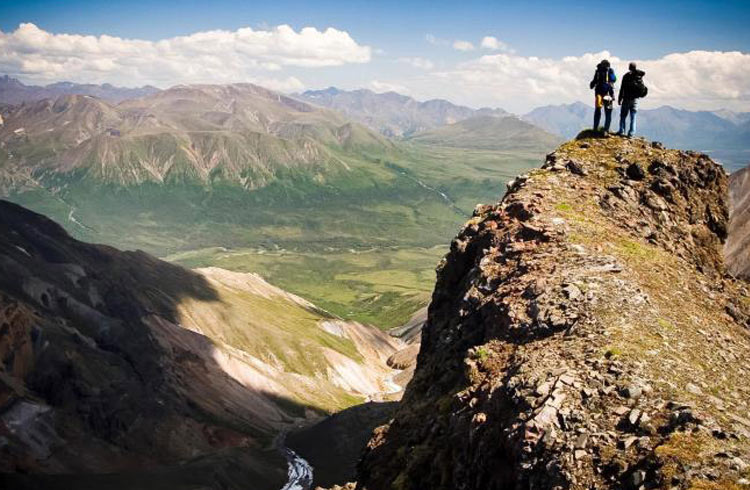 Photo © All Images: National Park Service
Photo © All Images: National Park Service
The National Park Service has been reopening park operations in phases, and a majority of sites are open to visitors, but some facilities may be limited. Before visting a park during the COVID-19 pandemic, find out about its operating status here.
- Gates of the Arctic National Park and Preserve, Alaska
- Black Canyon of the Gunnison National Park, Colorado
- Wrangell St. Elias National Park, Alaska
- Aniakchak National Monument and Preserve, Alaska
- Outdoor Adventure Safety Essentials
Gates of the Arctic National Park and Preserve, Alaska
Without any roads, clear trails or visitor services, this is the least-visited national park in the United States.
Which isn't to say there aren't any people here: Indigenous Alaskans have been tracking herds of migrating caribou through this landscape for 12,000 years, and a Nunamiut Inupiat village lies within the park.
This 8.4 million-acre wilderness is entirely within the Arctic Circle, and the diverse ecosystem varies from alpine tundra to boreal forest, with granite and limestone peaks rising 7,000ft (2,130m). It's also the site of six officially designated Wild and Scenic Rivers. Home to black and brown bears, wolves, moose, muskox and voracious mosquitos, the only way in and out is by hiking or flying, and about 12,000 people do it each year.
It's recommended you pack along a satellite phone in case of emergency, as well as a Bear Resistant Food Canister (BRFC). Don't forget your travel insurance, too.
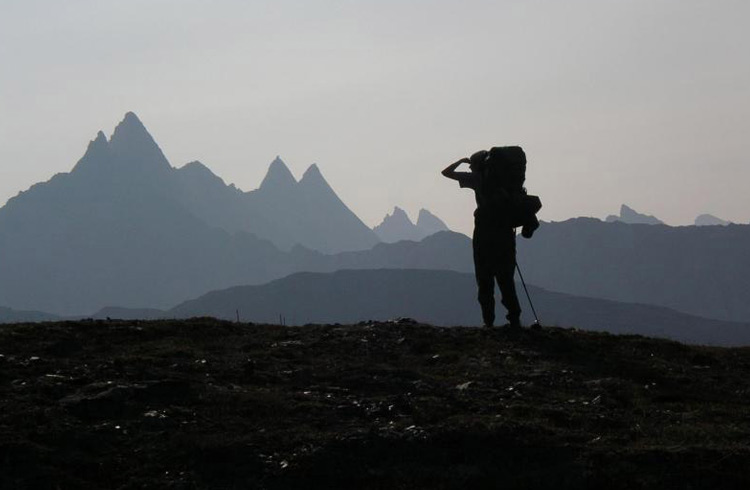
Black Canyon of the Gunnison National Park, Colorado
With a name and landscape reminiscent of a setting from The Lord of the Rings, the Park Service boasts that Black Canyon of the Gunnison has some of the "steepest cliffs, oldest rock, and craggiest spires in North America." Naturally, this is a rock climber's paradise.
There are 145 known climbing routes, and 117 of those are rated between 5.10 and 5.13. If you don't know what that means, you shouldn't be climbing here.
Sufficiently badass kayakers can shoot Class V rapids along the Gunnison River, too.
Even driving here can be a white-knuckle experience. There are three scenic routes with steep grades, hairpin turns and overlooks into the canyon which reaches a depth of more than 2,700ft (822m).
Read your travel insurance policy wording very carefully before you embark on an adventure in this park, you may not be covered for these activities.
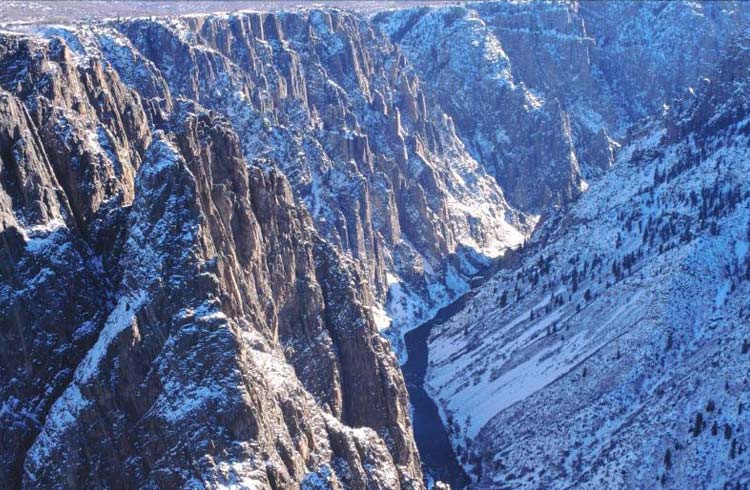
Wrangell-St. Elias National Park, Alaska
Covering some 13.2 million acres, this is the largest national park in the United States, expansive enough to comfortably fit Switzerland within its borders, with room to spare.
It rises from the coastline to the 18,008ft (5,488m) peak of Mount St. Elias, the second highest peak in the US; nine of the country's 16 tallest mountains are here. Icefields, smoldering volcanoes and glaciers the size of Rhode Island are all part of this UNESCO World Heritage Site, and 87,000 people make it here each year to hike its alpine meadows, scale its mountains, kayak its bays, float its rivers, and ski its glaciers.
Eighteen hours of summer daylight ensure plenty of time to see the highlights; 18 hours of darkness in winter provide ample opportunity to witness the northern lights.
For those scaling the heights, find out what you need to know about altitude sickness.
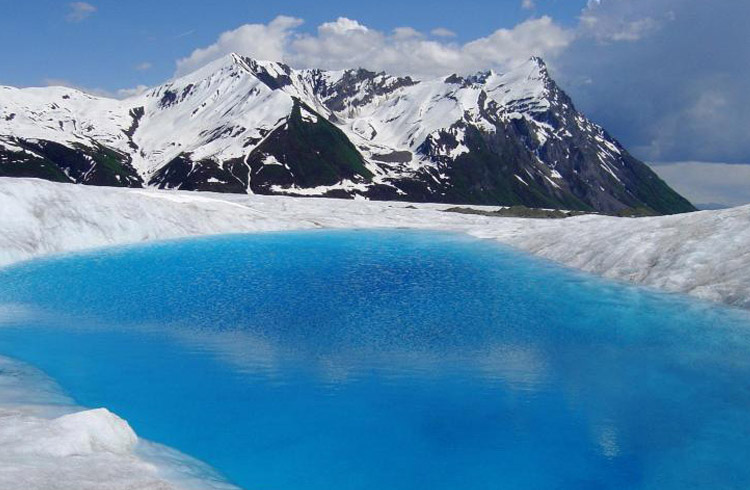
Aniakchak National Monument and Preserve, Alaska
A cataclysmic volcanic eruption 3,500 years ago created the 6mi (9.5km) wide crater that plunges 2,500ft (760m) down to iridescent Surprise Lake, which feeds the Aniakchak River through a crack in the caldera, known as The Gates.
Hard-pressed on either side by the Bering Sea and the North Pacific Ocean, Aniakchak is often blanketed in fog and rain, so visitors need to expect delays for both entering and leaving the park.
With wolves cruising in packs that number dozens, and some of the biggest,
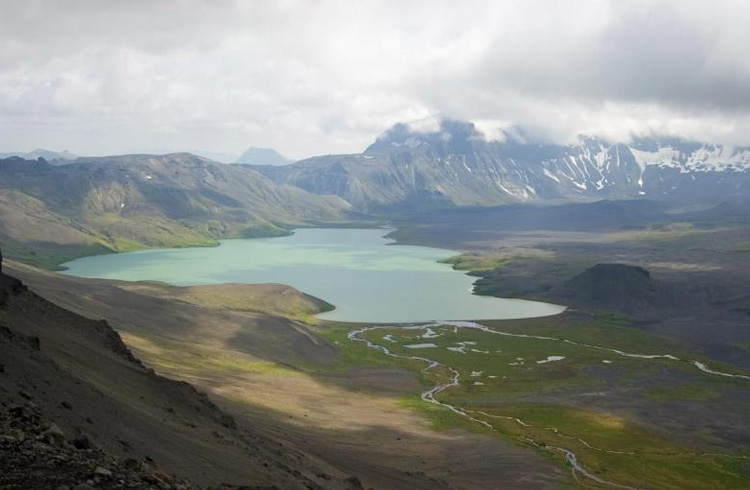
Outdoor Adventure Safety Essentials
Exploring these remote national parks requires extra preparation. Here are the basics of what you need to pack for an outdoor adventure:
- A signaling device, such as a satellite phone
- Enough food for the days you are planning to be away, and
then extra in case you get stuck - Extra water, as well as water-purification tablets or a purification bottle
- A firestarter
- A multi-tool/knife
- An extra layer of warmth
- A navigation kit, and the knowledge of how to use it
- Basic first-aid kit
- Portable shelter.
Always leave an itinerary of where you're going and how long you intend to be away, with someone you trust.
Want to know more about the USA? Check out our podcast. Embracing the kitsch in America’s South, what are the bees up to in Brooklyn? The budget travel idea proving a hit, and exploring New York with the Bowery Boys.
Related articles
Simple and flexible travel insurance
You can buy at home or while traveling, and claim online from anywhere in the world. With 150+ adventure activities covered and 24/7 emergency assistance.
Get a quote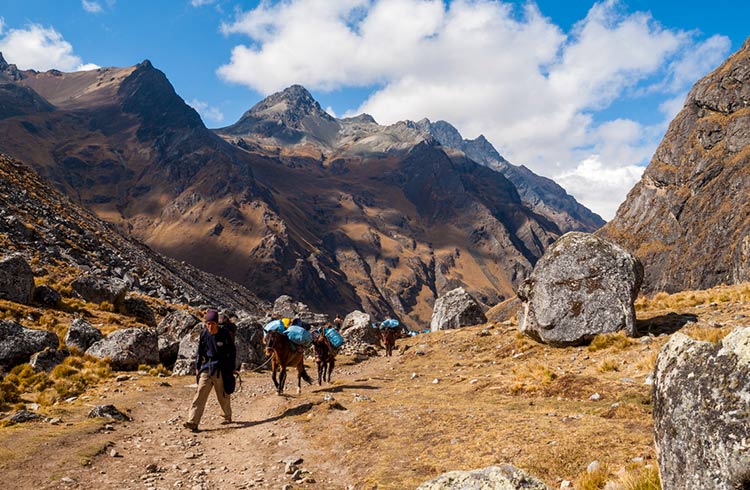
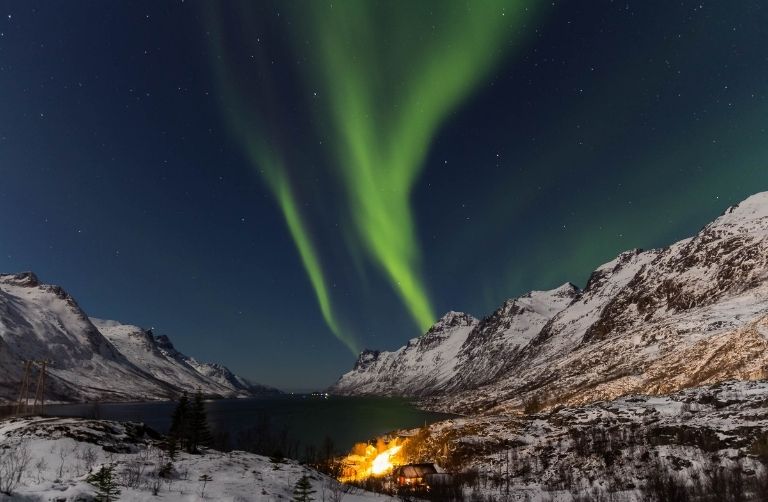
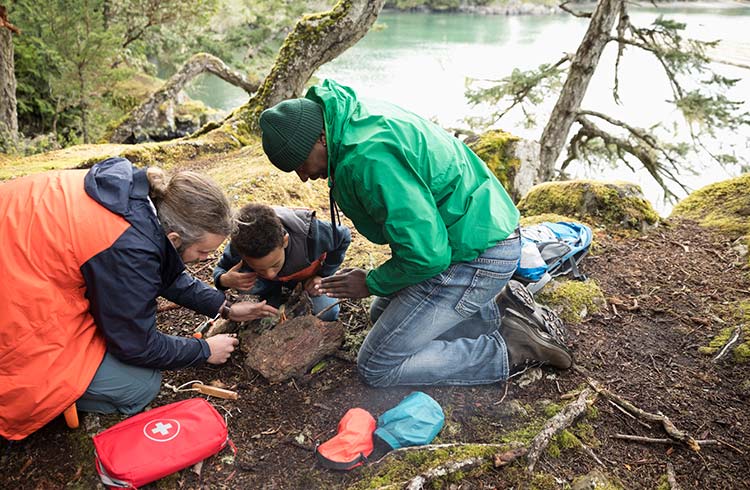
1 Comment
Black Canyon is wonderful -- just for the scenic views. There's a road to the bottom of the canyon as well as one around the top so you can see fabulous views from both the top and bottom.